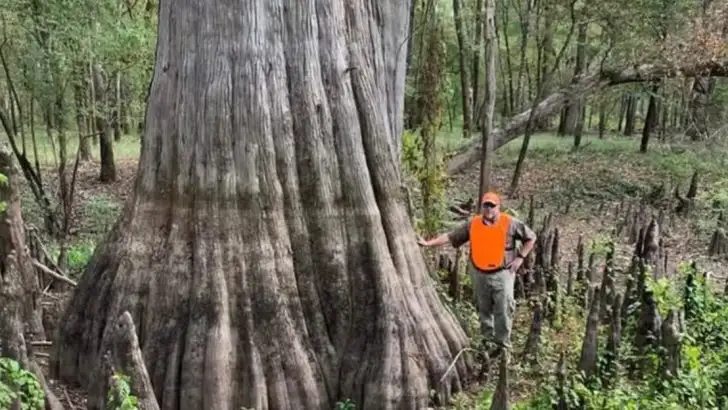When the Southern heat rolls in, having the right shade trees can make all the difference between a scorched yard and a lush, welcoming retreat. But not all trees are created equal—some gulp down water and leave your other plants thirsty. Luckily, there are smart choices that provide cool, dense shade while still being water-wise and easy to manage, even during long, dry spells.
In this list, we’ll explore 12 of the best drought-tolerant shade trees perfect for Southern gardens. Whether you’re designing a brand-new landscape or looking to replace a water-hungry giant, these low-maintenance trees offer beauty, shelter, and a cooler backyard without draining your soil or your wallet.
Eastern Redbud
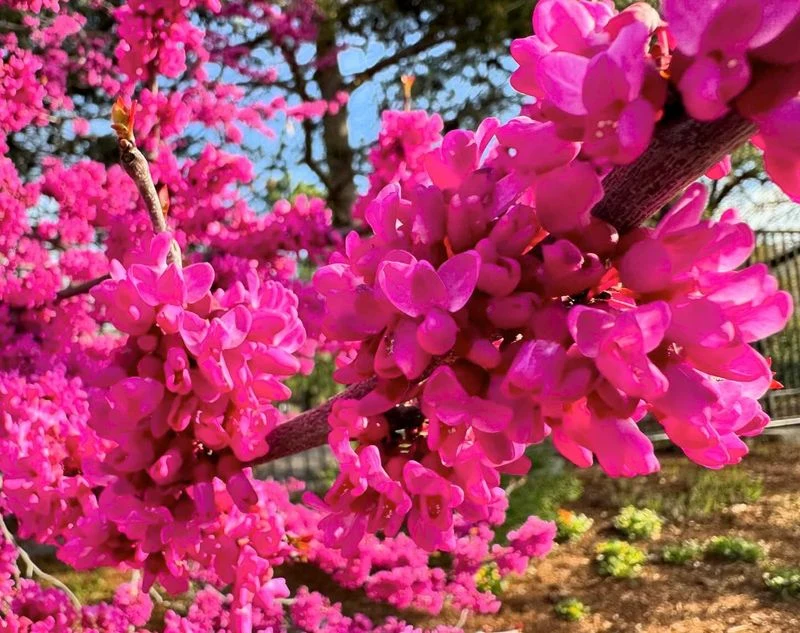
Imagine a tree that announces spring with a burst of vibrant pink blossoms, the Eastern Redbud does just that. This tree is not only a visual delight but also a model of water efficiency, thriving in various soil conditions. Its heart-shaped leaves provide dappled shade, a perfect spot for afternoon tea. After blooming, its graceful branches transition to a cooling green canopy. It adapts well, even in drought-prone areas. The Eastern Redbud’s modest size makes it suitable for smaller gardens, ensuring your space feels inviting without overwhelming other plants.
American Holly
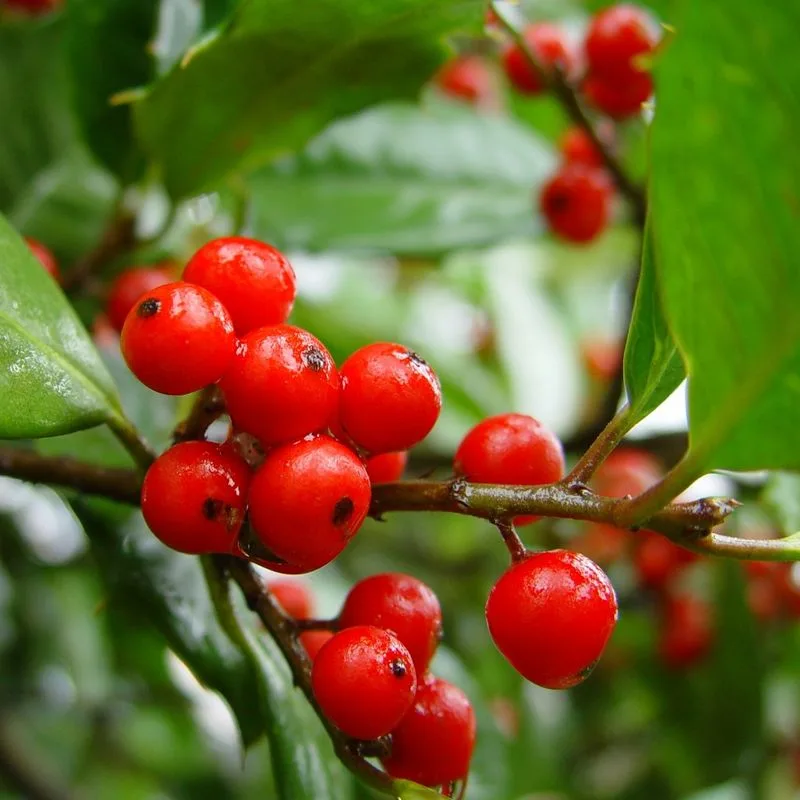
With its glossy green leaves and bright red berries, the American Holly offers year-round interest. This tree not only withstands heat and drought but thrives with minimal water, making it a cherished addition to Southern gardens. Its evergreen foliage provides a dense shade, perfect for creating a cool retreat. The American Holly’s presence is both commanding and elegant, ensuring it stands out in any landscape. Birds adore its berries, adding a lively touch to your garden. Its resilience and beauty make it a beloved choice for those seeking low-maintenance shade.
Southern Magnolia
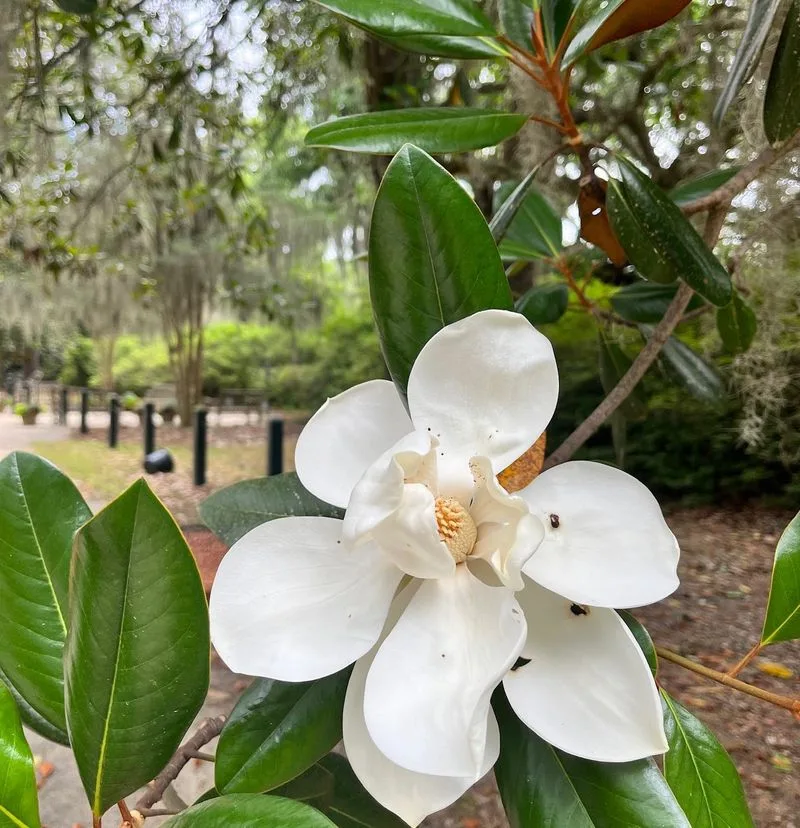
Few trees capture Southern charm like the Southern Magnolia. Its large, waxy leaves gleam in the sunlight, while its iconic white blossoms offer a fragrant allure. This tree is a testament to resilience, flourishing with little water once established. Its broad, dense canopy provides generous shade, turning any garden into a serene sanctuary. Despite its grandeur, the Southern Magnolia remains surprisingly practical, accommodating urban spaces with ease. Its rich history and striking beauty make it a staple in Southern gardening, promising elegance and comfort throughout the year.
Bald Cypress
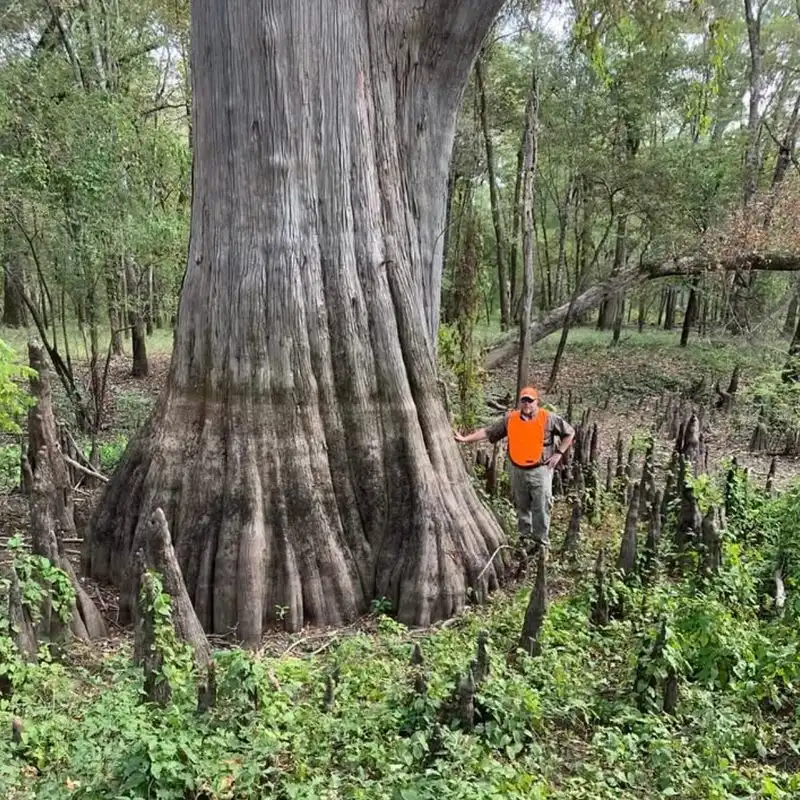
Standing tall and elegant, the Bald Cypress thrives in the unique Southern landscape. Known for its feathery foliage that turns a stunning russet in the fall, this tree is a sight to behold. It’s incredibly adaptable, growing in both waterlogged areas and drier soils with ease. Its distinctive flared trunks and buttresses are not just for show; they provide stability and charm to the garden. Ideal for those who appreciate a tree with character, the Bald Cypress offers shade and a touch of the extraordinary without demanding excess water.
Live Oak

A symbol of strength and endurance, the Live Oak’s sprawling branches create an impressive canopy that invites endless outdoor enjoyment. This tree is perfect for those hot Southern days, offering abundant shade without being a water hog. Its evergreen leaves ensure year-round coverage, adding a timeless beauty to any landscape. Known for its resilience, the Live Oak withstands storms and droughts alike, making it a dependable choice for any garden. Its presence brings a sense of history and grandeur, perfect for those who cherish tradition.
River Birch
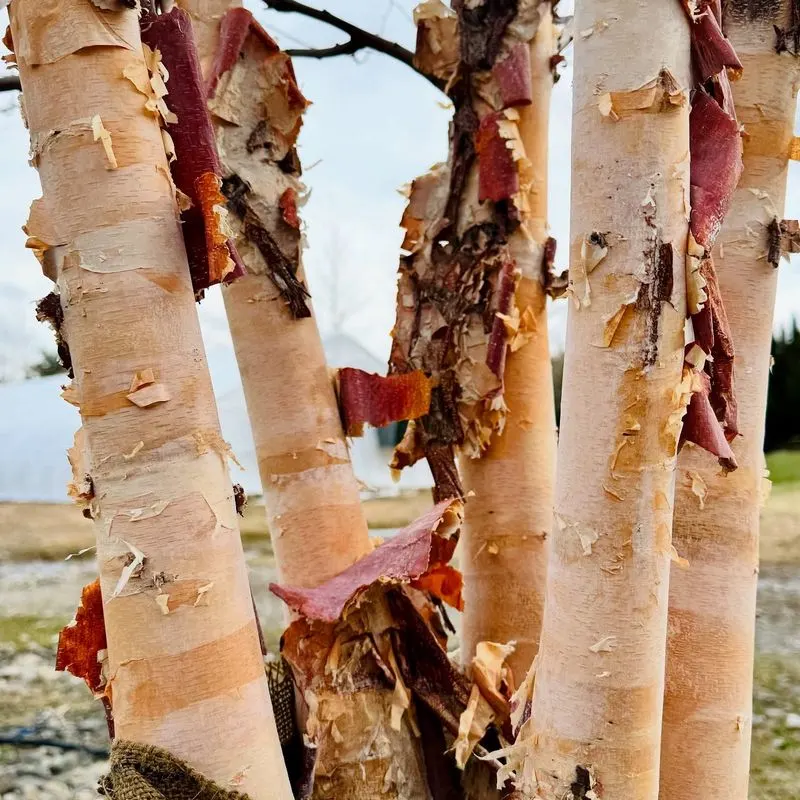
With its distinctive peeling bark and graceful form, the River Birch offers both beauty and utility. This tree thrives in wet areas, yet it’s surprisingly drought-tolerant once established, making it versatile for various Southern landscapes. Its airy canopy filters sunlight, creating a cool, inviting shade that beckons relaxation. The River Birch’s ability to adapt makes it a gardener’s ally, providing a serene escape near water features or standalone. Its unique aesthetic and practical benefits make it a compelling choice for those seeking something different.
Sweetbay Magnolia
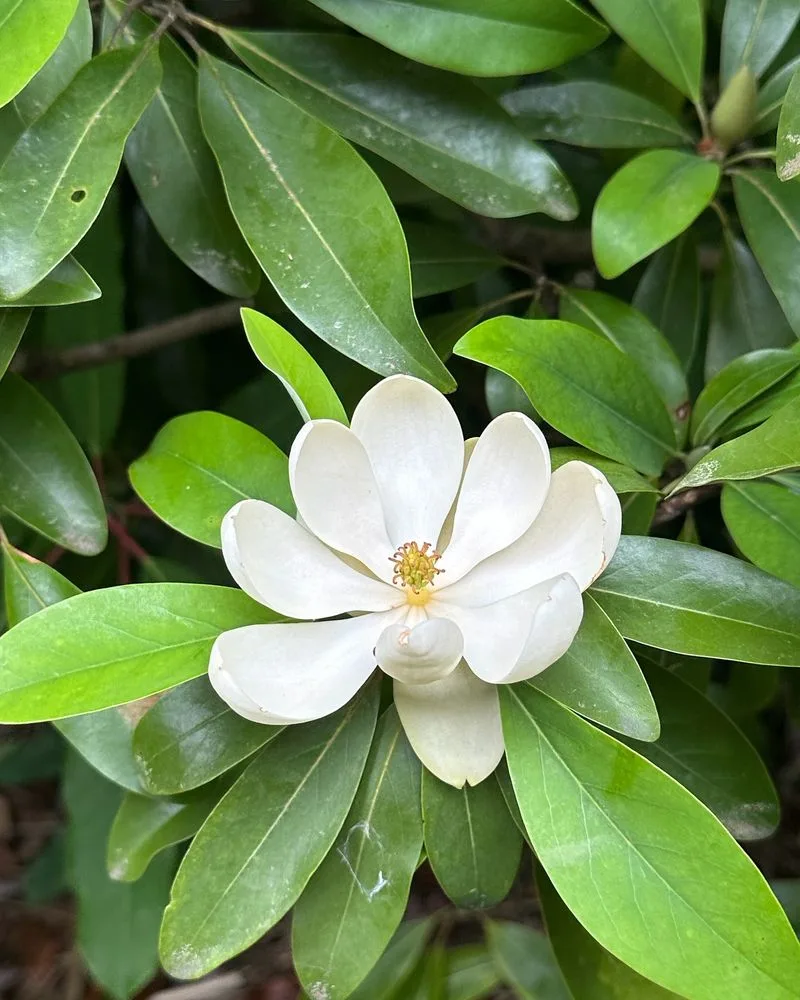
Known for its subtle elegance, the Sweetbay Magnolia captivates with creamy white flowers and a light lemon scent. This tree thrives with minimal water, making it ideal for Southern gardens. Its slender form and semi-evergreen leaves offer a refined shade, perfect for intimate garden spaces. The Sweetbay Magnolia’s resilience and fragrant blossoms contribute a touch of sophistication to any landscape. It’s a tree that whispers beauty rather than shouting it, ensuring your garden remains a peaceful retreat even on the hottest days.
Persian Ironwood
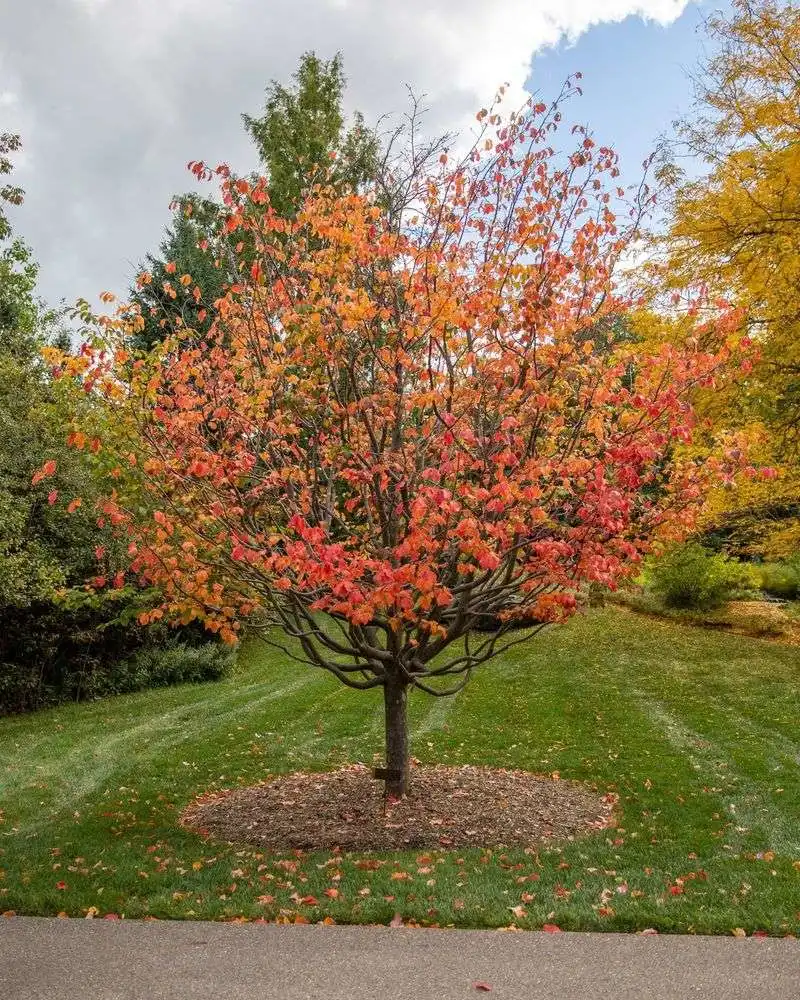
The Persian Ironwood stands out with its vibrant fall colors and intricate bark texture. It is a tree that brings seasonal joy, transitioning from lush green to brilliant hues of red and orange. Despite its ornamental appeal, it requires little water, making it perfect for the South’s challenging climate. Its layered canopy provides dappled shade, ideal for garden picnics or quiet afternoons. The Persian Ironwood is a whisper of exotic beauty and practicality, ensuring your outdoor space remains vibrant and inviting year-round.
Yellow Poplar
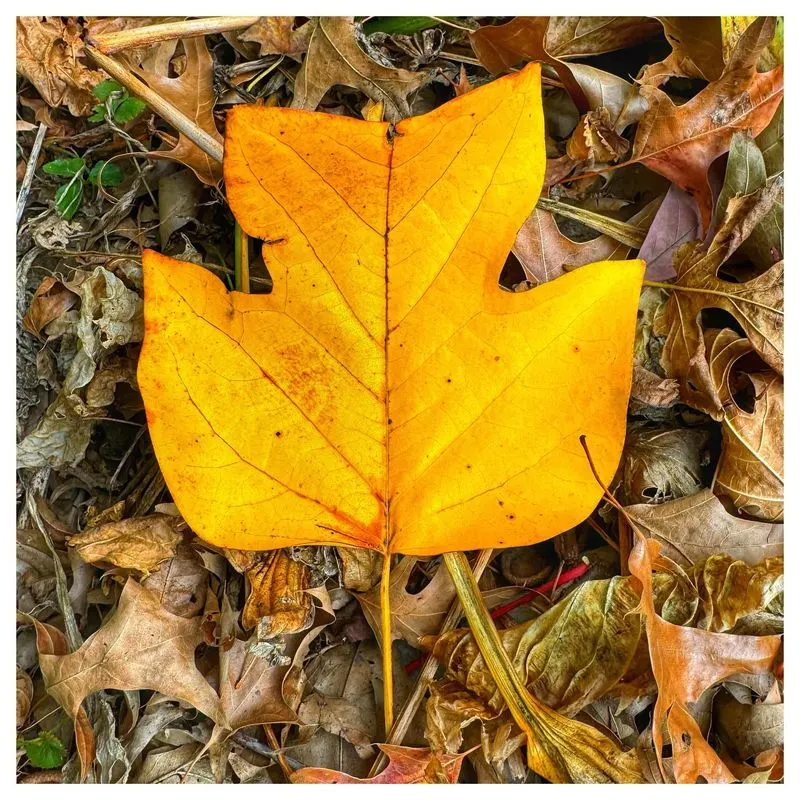
The Yellow Poplar, also known as the Tulip Tree, captivates with its tulip-shaped flowers and towering presence. This tree is a master of moderation, offering shade without demanding excessive water. Its tall, straight trunk and symmetrical branches create a stately appearance, perfect for lining driveways or providing a focal point in large gardens. Known for its rapid growth, the Yellow Poplar quickly transforms spaces, delivering both beauty and utility. This tree is a reminder that grandeur and efficiency can coexist beautifully.
Crape Myrtle
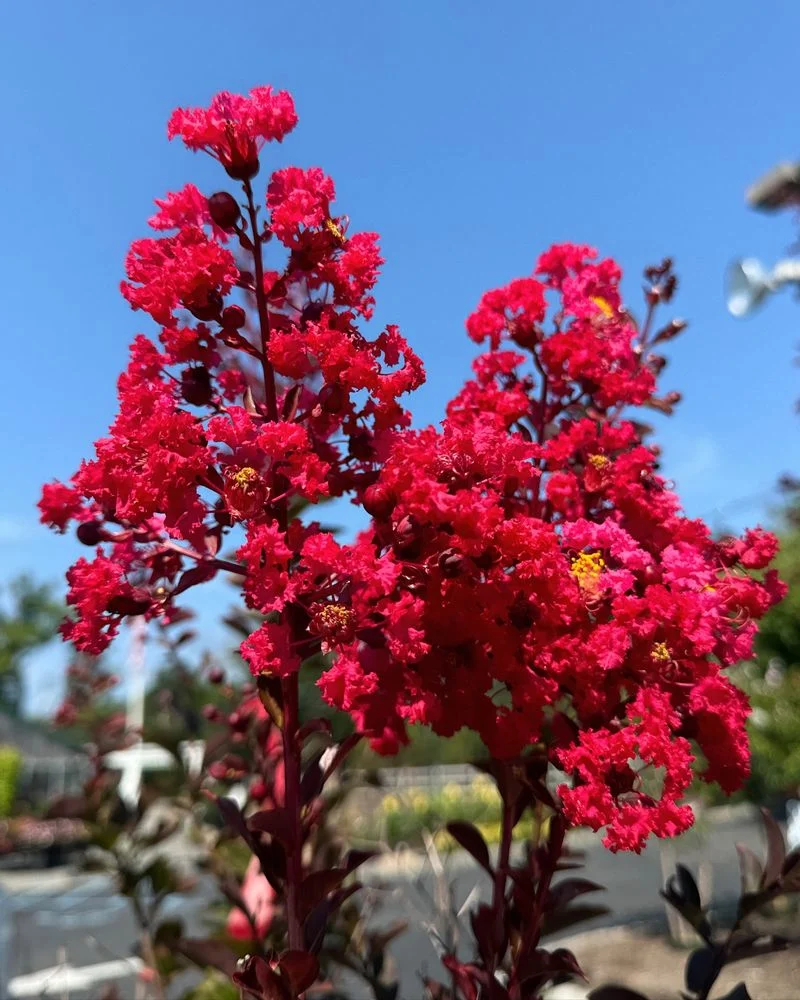
Bursting with color, the Crape Myrtle is a favorite for its spectacular blooms and hardy nature. This tree adapts well to Southern climates, thriving with minimal water once established. Its summer blossoms range from pink to deep red, painting gardens with vibrancy. The Crape Myrtle’s smooth, peeling bark adds texture and interest even in the off-season. Minimal pruning keeps it flourishing, making it a low-maintenance delight. For those seeking an easy-going companion that brings joy throughout the year, the Crape Myrtle is an excellent choice.
Catalpa
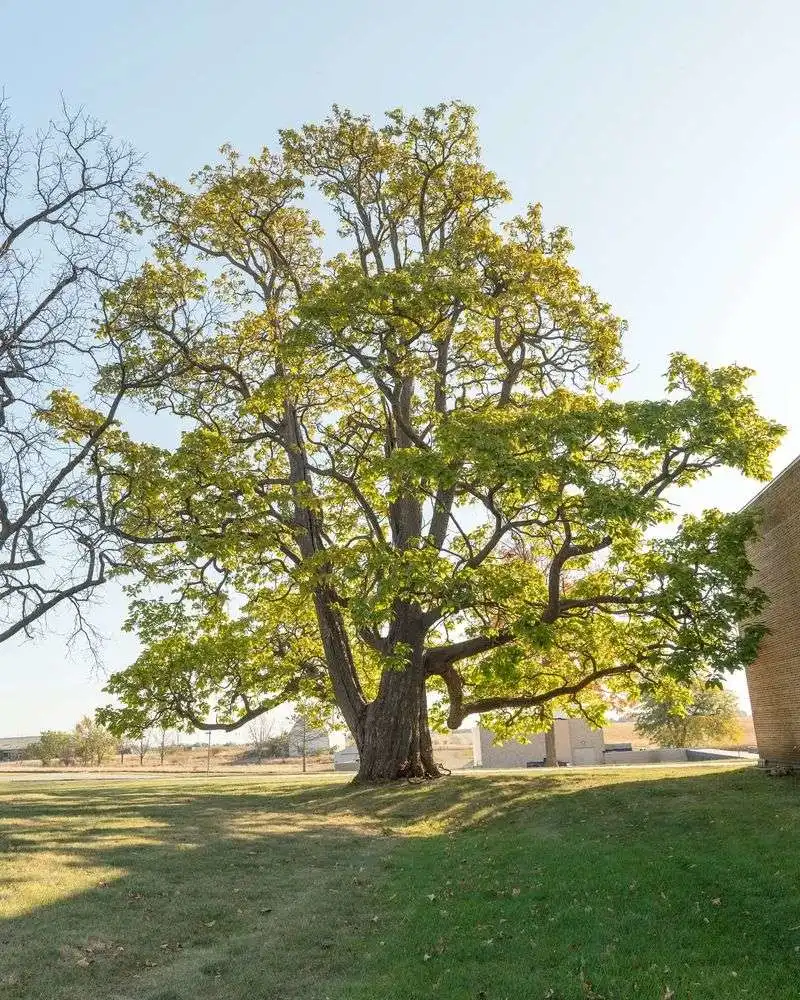
The Catalpa tree draws attention with its large, heart-shaped leaves and clusters of white, orchid-like flowers. It’s a tree that captures the imagination without overwhelming the senses. Despite its grand appearance, it is quite water-efficient, thriving even in less-than-ideal conditions. Its sprawling canopy offers generous shade, perfect for picnics or leisurely afternoons. The Catalpa’s unique seed pods add an element of surprise, making it a conversation starter. For gardeners who cherish beauty and mystery, it’s an inviting choice that enriches the Southern landscape.
Fringe Tree
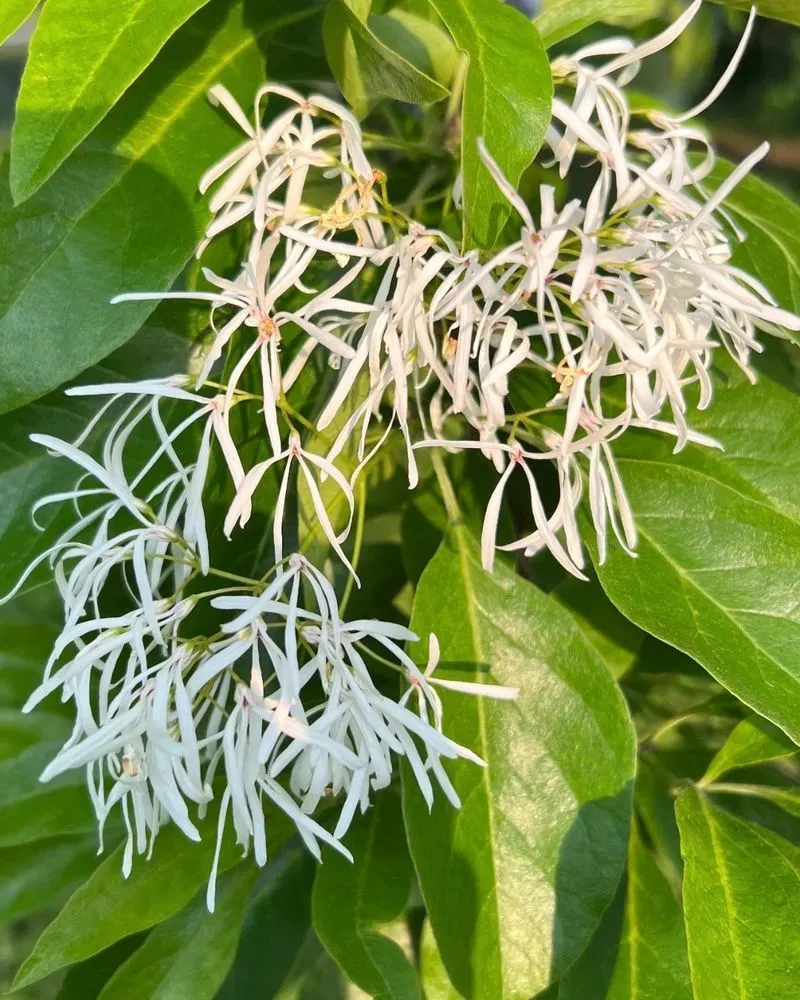
The Fringe Tree enchants with its wispy white flowers, resembling delicate fringe swaying in the breeze. This small tree is big on charm, offering a delightful spectacle without requiring much water. Its slender form fits well in smaller gardens, providing an intimate, shaded nook for relaxation. As the seasons change, it transforms, offering yellow fall foliage that adds a splash of color. The Fringe Tree is a gentle reminder that sometimes the smallest trees leave the biggest impression, making it a cherished addition to any Southern garden.

